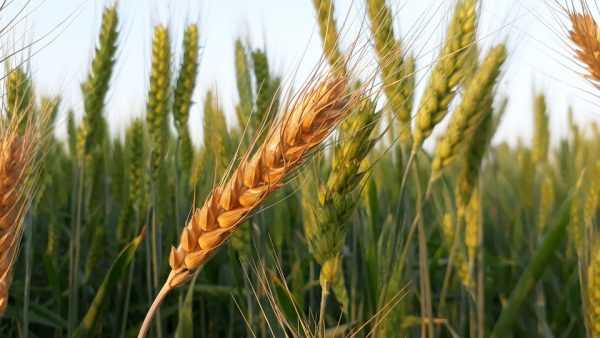
Oscar J Jeke
ZIM NOW REPORTER
The Ministry of Lands, Agriculture, Fisheries and Rural Development has produced a Cabinet-approved winter cereal production plan for 2024, that will see 120 000 hectares being put under wheat, barley on 7 000 hectares and maize/sorghum on 3 250 hectares.
The winter cereal is expected to produce a combined yield of over 750 000 metric tonnes, showing a significant increase from last year’s estimated production.
This was said by Information, Publicity and Broadcasting Services Minister, Dr. Jenfan Muswere at a post-Cabinet briefing in Harare yesterday.
The minister said that government came up with the production plan premised on the impact of the El Niño induced-drought season, in which a meagre yield is set to be produced.
The plan also includes geographical locations where the various cereals are specifically to be planted with winter maize/sorghum to be produced in regions four and five while potatoes will be planted on the highveld in August.
“The nation is informed that the robust plan is premised on Cabinet approved El Nino-induced drought impact scenarios. The update consolidates the wheat-based food security thrust, with four components of food security to running up to March 2025, as follows: First stock which refers to the grain which households, farmers, the private sector and government hold as stock; the expected meagre harvest from the drought-ravaged 2023-2024 summer season imports, and the winter cereal production programme.
Related Stories
“The targeted area for planting wheat is 120 000 hectares, with an estimated yield of 5.2 metric tonnes per hectare and estimated production of 624 000 metric tonnes.
“The targeted area for planting barley is 7 000 hectares, with an estimated yield of 6 metric tonnes per hectare and estimated production of 42 000 metric tonnes. The targeted area for maize/sorghum is 3 250 hectares, with an estimated yield of 3.0 metric tonnes per hectare and estimated production of 9 750 metric tonnes.
“The wheat farmer clusters have been submitted to the Zimbabwe Electricity Supply Authority and the Zimbabwe National Water Authority for ring-fencing of electricity and water, respectively. The bulk of the winter maize/sorghum will be produced in regions 4 and 5, while potatoes will be planted in winter in warmer areas and during August on the highveld,” Dr Muswere said.
The minister also noted that plans are already in place for electricity and water security to cater for the irrigation of the winter cereal, with Lands ministry coordinating an agriculture energy taskforce to ensure adequate electricity provision.
“There are nine production and productivity enablers, namely: power; water; seed; fertilizer; fuel; surveillance for migratory pests; farmer settlement of outstanding farmer payments; finance; and coordination, monitoring and evaluation.
“Regarding power, the Ministries of Lands, Agriculture, Fisheries, Water and Rural Development; and Energy and Power Development have constituted an agriculture energy task force to coordinate strategies to ensure adequate electricity provision. In the same vein, the Banks and contractors are being encouraged to treat electricity as an input and prepay part of the estimated bill on behalf of the farmer as they do for seed and fertiliser.
“Secondly, in terms of the supply of water, the Zimbabwe National Water Authority will implement seasonal billing. The 31% tariff reduction is yet to be gazetted, but will be backdated in order not to prejudice farmers. Farmers on Stop Order facilities will not be charged monthly interest on overdue bills as was the case before.
“The Zimbabwe National Water Authority will only start charging interest after farmers on Stop Order agreements have been paid. Thirdly, there is assurance of adequate fertiliser from the major manufacturers/importers. Winter wheat fuel requirements will be made available through commercial outlets,” Minister Muswere added.
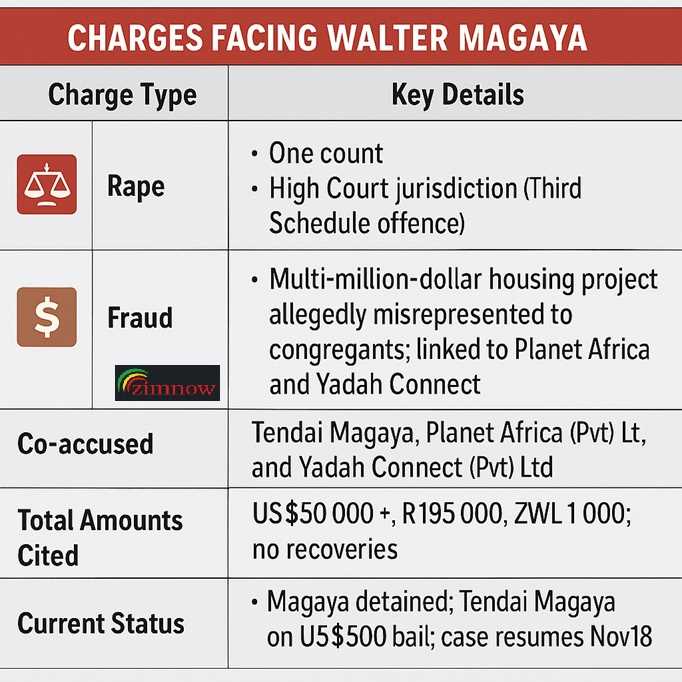
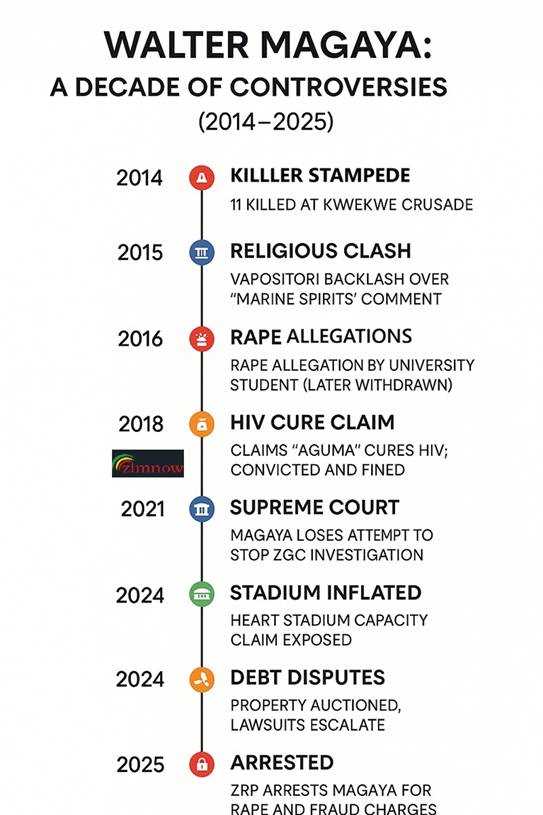
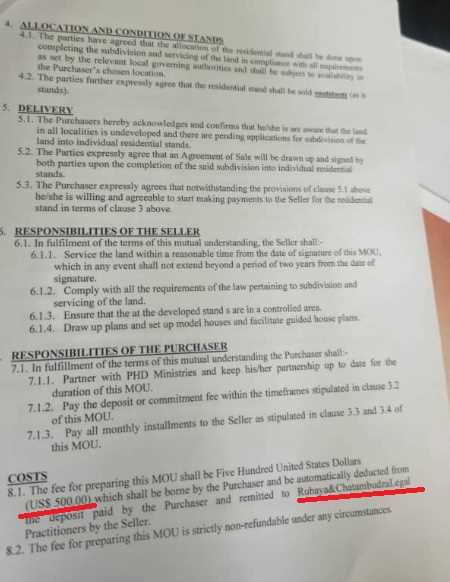


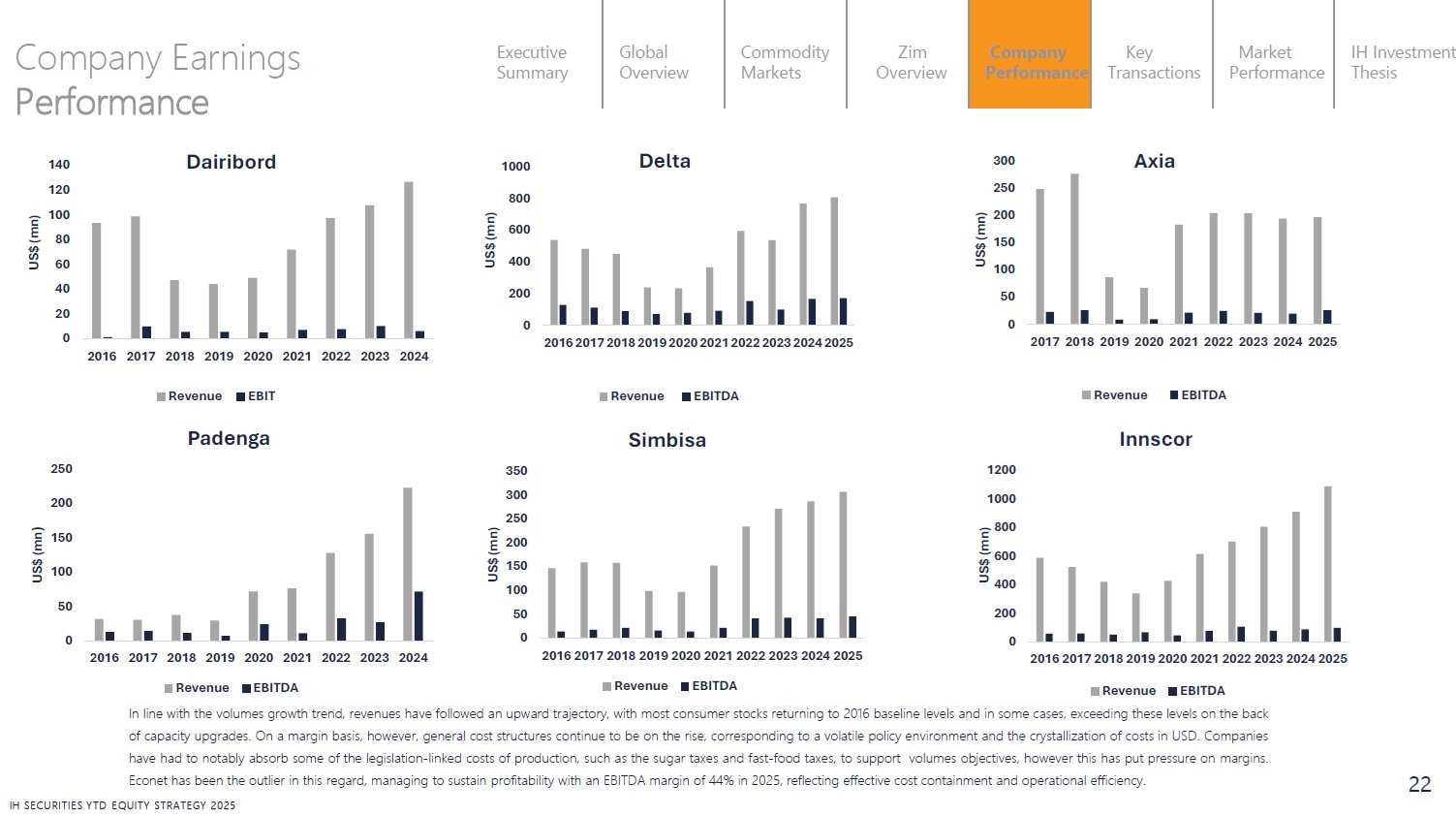





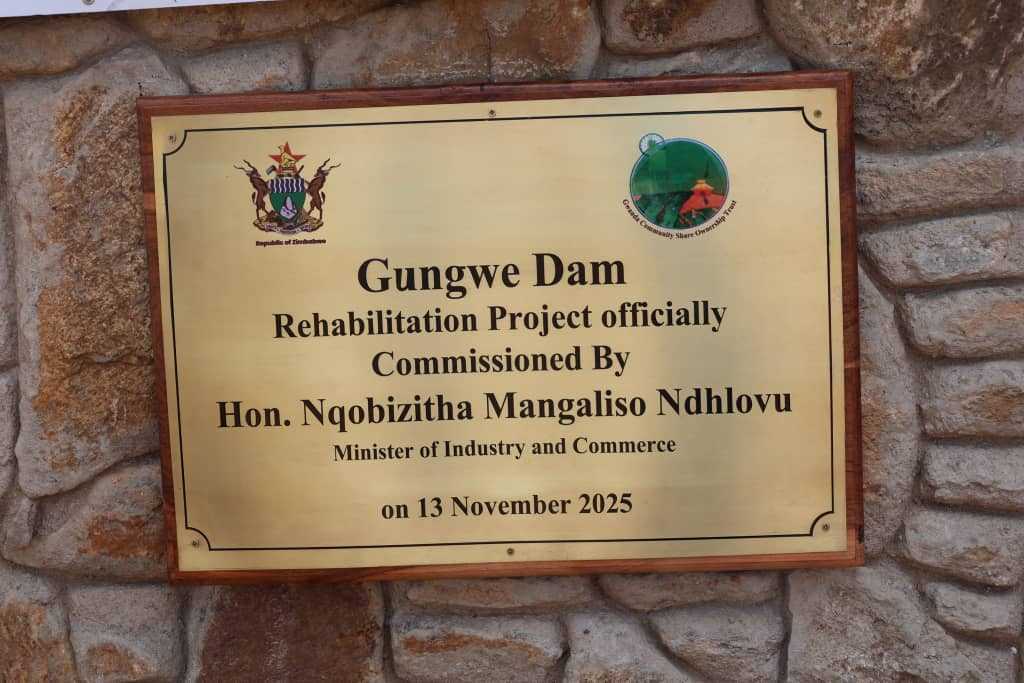


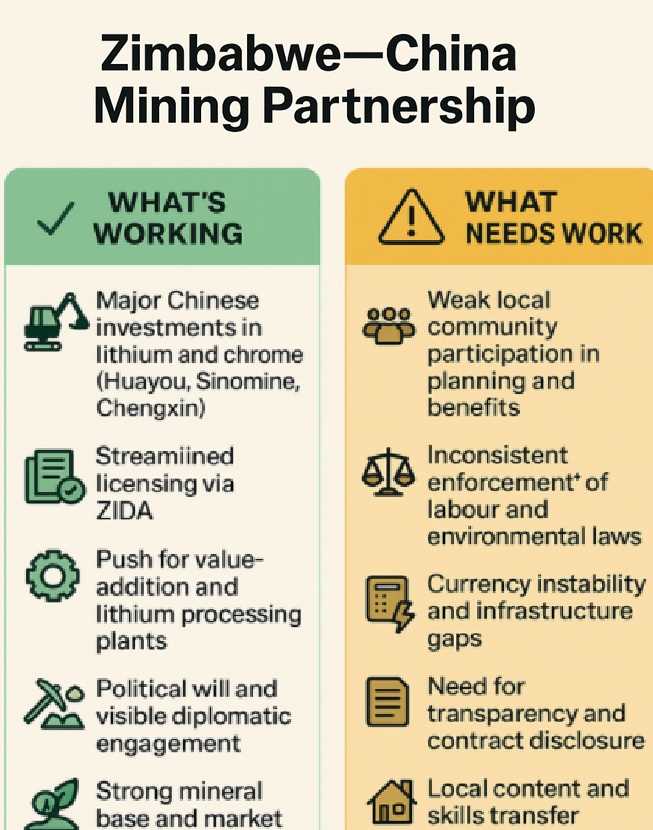





Leave Comments